Linen fabric stands as one of the most versatile materials in fashion and home decor. This natural fiber brings comfort, style, and durability to any project. Whether you’re creating flowing garments or structured pieces, linen fabric offers unique possibilities that synthetic materials simply cannot match.
Working with linen requires specific techniques to maximize its potential. The fabric’s natural properties create both opportunities and challenges for designers. Understanding how to handle, drape, and style linen fabric makes the difference between amateur and professional results.
This guide covers essential techniques for working with linen fabric. You’ll learn proper draping methods, styling approaches, and detailing options that bring out linen’s best qualities. We’ll also address common mistakes that can ruin your linen projects.
Understanding Linen Fabric Properties
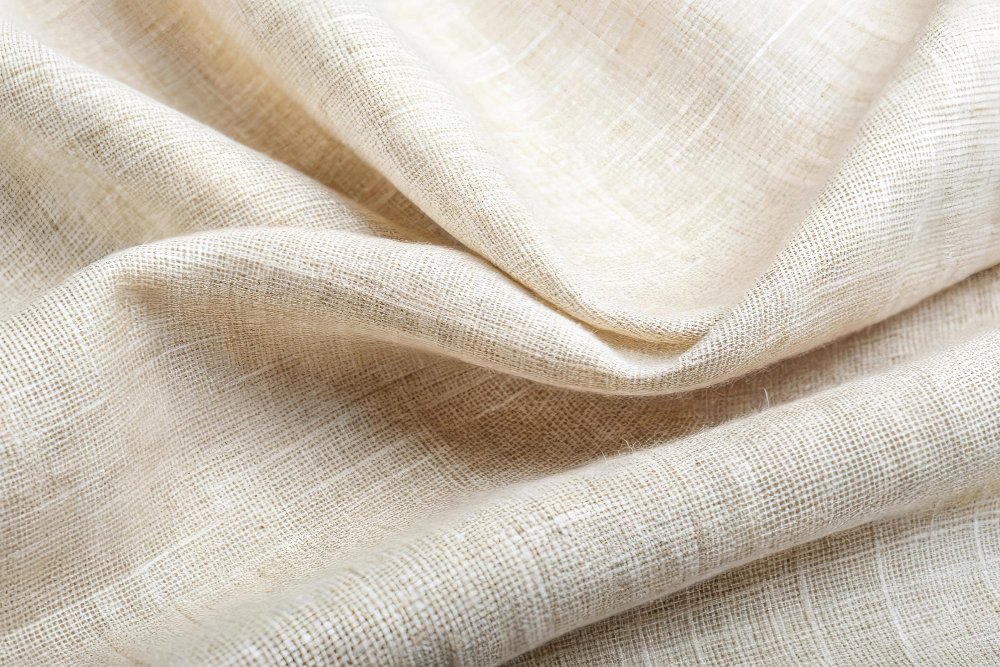
Breathability and Comfort
Linen fabric excels at moisture management and air circulation. The loose weave structure allows air to flow freely, making linen ideal for warm-weather clothing and bedding. This breathability comes from linen’s natural fiber structure, which wicks moisture away from the body.
The fabric’s temperature-regulating properties make it perfect for layering pieces. You can combine linen fabric with other materials without creating bulk or reducing comfort. This versatility opens up numerous styling possibilities throughout different seasons.
Durability and Longevity
Quality linen fabric becomes softer and more beautiful with each wash. Unlike synthetic materials that deteriorate over time, linen fabric develops character through use. This aging process adds texture and visual interest to your designs.
The strength of linen fibers means your creations will last for years. Proper care maintains the fabric’s structure while allowing it to develop its characteristic relaxed appearance. This durability makes linen fabric an excellent investment for both clothing and home decor projects.
Natural Texture and Drape
Linen fabric provides a unique hand-feel that synthetic materials cannot replicate. The slightly irregular texture adds visual depth and tactile interest to any design. This natural variation creates movement and life in finished pieces.
The fabric’s natural drape falls somewhere between crisp and fluid. This characteristic allows linen fabric to work in both structured and flowing designs. Understanding this balance helps you choose the right linen weight for your specific project needs.
Draping Techniques for Linen Fabric
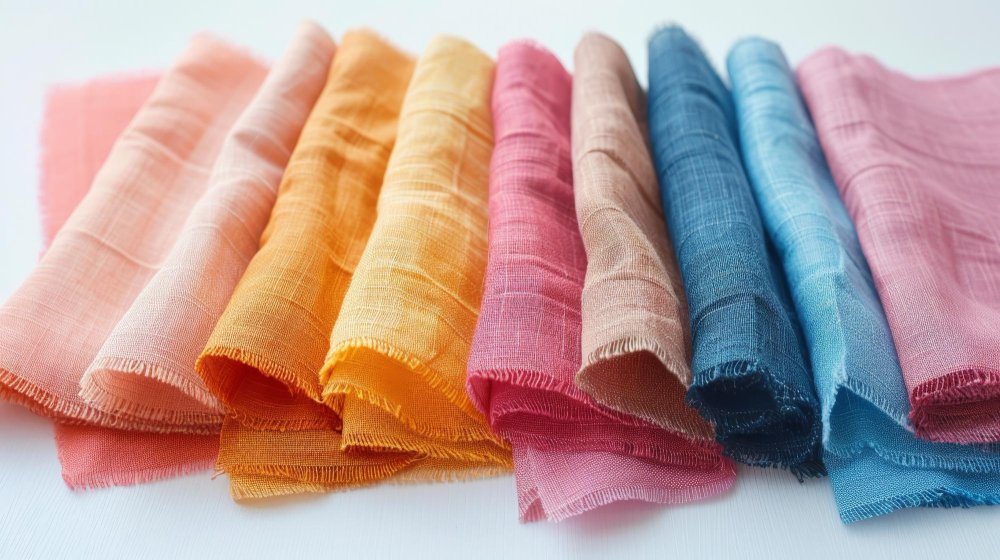
Working with Different Weights
Light-weight linen fabric drapes beautifully for flowing garments and soft home accessories. These weights work well for shirts, dresses, and curtains where movement is desired. The fabric falls in natural folds that create visual interest without stiffness.
Medium-weight linen fabric offers more structure while maintaining flexibility. This weight works perfectly for tailored pieces, upholstery, and table linens. The added body helps maintain shape while still allowing the natural drape characteristics to show.
Heavy-weight linen fabric provides excellent structure for outerwear and sturdy home furnishings. While less drapey than lighter weights, heavy linen fabric still maintains the material’s characteristic relaxed appearance. Use this weight when you need durability without sacrificing style.
Creating Different Silhouettes
Bias-cut linen fabric creates beautiful flowing lines that follow body curves naturally. This cutting technique maximizes the fabric’s draping qualities while adding stretch for comfort. Bias cutting works especially well for skirts, dresses, and decorative panels.
Straight-grain cuts provide more structure and stability in linen fabric. Use this approach for tailored pieces where maintaining shape is important. The fabric’s natural drape will still show, but with more controlled movement.
Gathered techniques work wonderfully with linen fabric due to its soft hand and natural texture. The fabric holds gathers well without creating excessive bulk. This technique works for both clothing and home decor applications.
Styling Tips for Linen Fabric
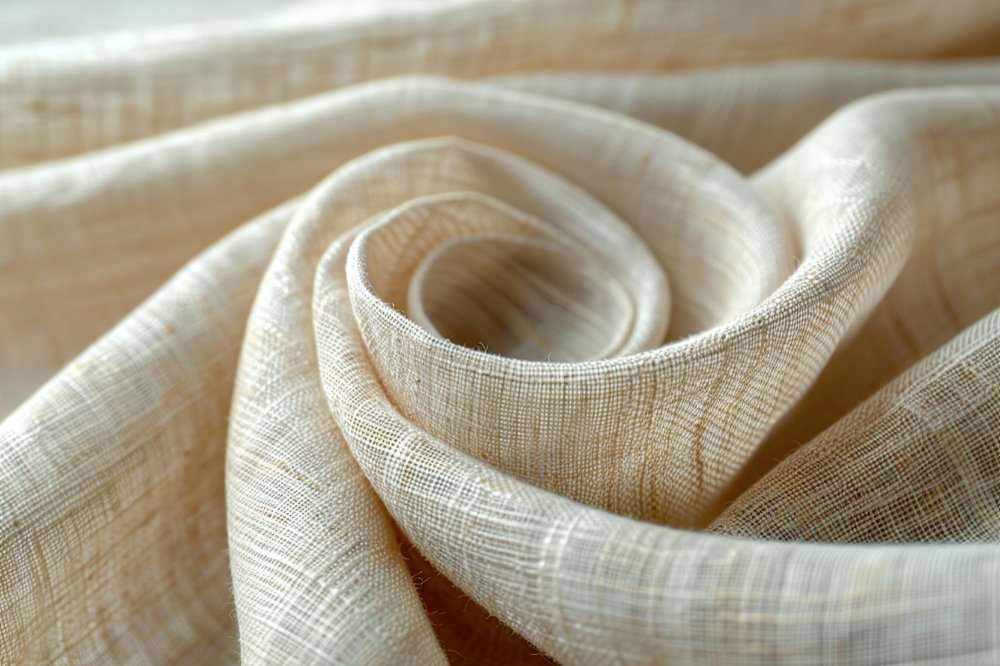
Color Combinations That Work
Natural linen fabric tones provide an excellent foundation for both monochromatic and contrasting color schemes. The neutral base allows other colors to shine while maintaining sophistication. Earth tones complement linen’s natural origins beautifully.
Bold colors on linen fabric create striking contrasts that catch the eye. The fabric’s texture adds depth to solid colors, making them appear richer and more complex. Consider jewel tones for dramatic effects or pastels for softer approaches.
When you buy fabric online, pay attention to color variations in linen fabric. Natural fibers can show slight color differences even within the same dye lot. This variation adds character but should be planned for in your design process.
Layering Strategies
Linen fabric works exceptionally well in layered looks due to its lightweight nature and breathability. Start with fitted linen pieces as base layers, then add flowing outer pieces for visual interest. The fabric’s natural drape prevents bulky appearances.
Mix linen fabric with other natural fibers for textural contrast. Cotton, silk, and wool complement linen’s characteristics while adding different visual and tactile elements. Avoid synthetic blends that might clash with linen’s natural properties.
Seasonal layering with linen fabric extends its versatility throughout the year. Use lightweight linen as summer base layers, then add heavier pieces for transitional weather. The fabric’s breathability prevents overheating in layered looks.
Accessorizing with Linen
Natural accessories complement linen fabric beautifully. Leather, wood, and metal elements enhance the organic feel without competing with the fabric’s texture. Choose accessories that enhance rather than overpower linen’s subtle beauty.
Belt placement on linen fabric garments affects the overall silhouette significantly. The fabric’s natural drape responds well to waist definition, creating flattering proportions. Experiment with different belt styles to find what works best for each piece.
Jewelry choices should complement linen fabric’s relaxed sophistication. Organic shapes and natural materials work well, while overly formal pieces might seem out of place. Consider the occasion and overall aesthetic when selecting accessories.
Detailing Ideas for Linen Fabric
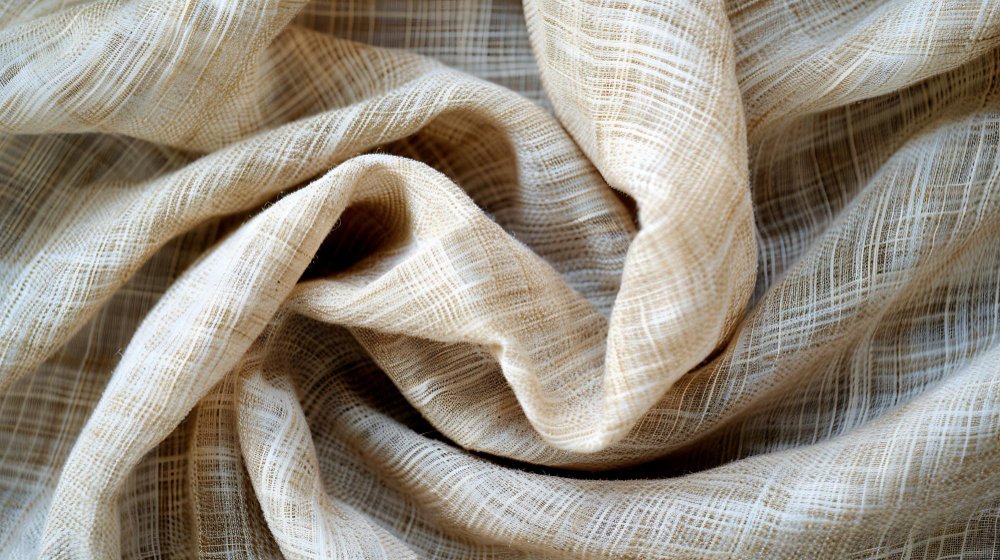
Embellishment Options
Hand embroidery on linen fabric creates beautiful textural contrasts. The fabric’s stable weave provides an excellent foundation for detailed work. Choose thread colors that complement the linen’s natural tones or create deliberate contrasts.
Appliqué techniques work well with linen fabric due to its durability and stable structure. Layer different linen weights or introduce contrasting materials for visual interest. The fabric handles the additional stress of appliqué construction without distortion.
Beading and sequin work require careful consideration with linen fabric. The natural texture can compete with shiny elements, so use sparingly for best results. Focus on areas where embellishment enhances the design rather than overwhelming the fabric’s natural beauty.
Structural Details
Pleating linen fabric creates controlled fullness while maintaining the material’s characteristic drape. Press pleats carefully and use appropriate interfacing to maintain structure. The fabric’s natural relaxation tendency means pleats may soften over time, which can be desirable for certain looks.
Pintucks add textural interest while using the fabric efficiently. Linen fabric holds pintucks well due to its stable weave structure. This technique works particularly well for shirts, dresses, and home decor applications.
Seaming details become decorative elements with linen fabric. Exposed seams, French seams, and flat-fell seams all work well with the fabric’s casual aesthetic. Choose seaming techniques that complement your overall design vision.
Finishing Touches
Edge treatments on linen fabric can range from clean and minimal to heavily decorated. Raw edges work well with linen’s casual nature, while bound edges provide more formal finishes. Consider the intended use and care requirements when selecting edge treatments.
Buttonhole treatments require special attention with linen fabric. The fabric’s loose weave can fray if not properly stabilized. Use appropriate interfacing and test techniques on scraps before working on your final piece.
Hardware selection affects both function and appearance with linen fabric. Choose pieces that complement the fabric’s natural aesthetic while providing necessary functionality. Brass, wood, and matte finishes generally work better than highly polished metals.
Common Mistakes to Avoid
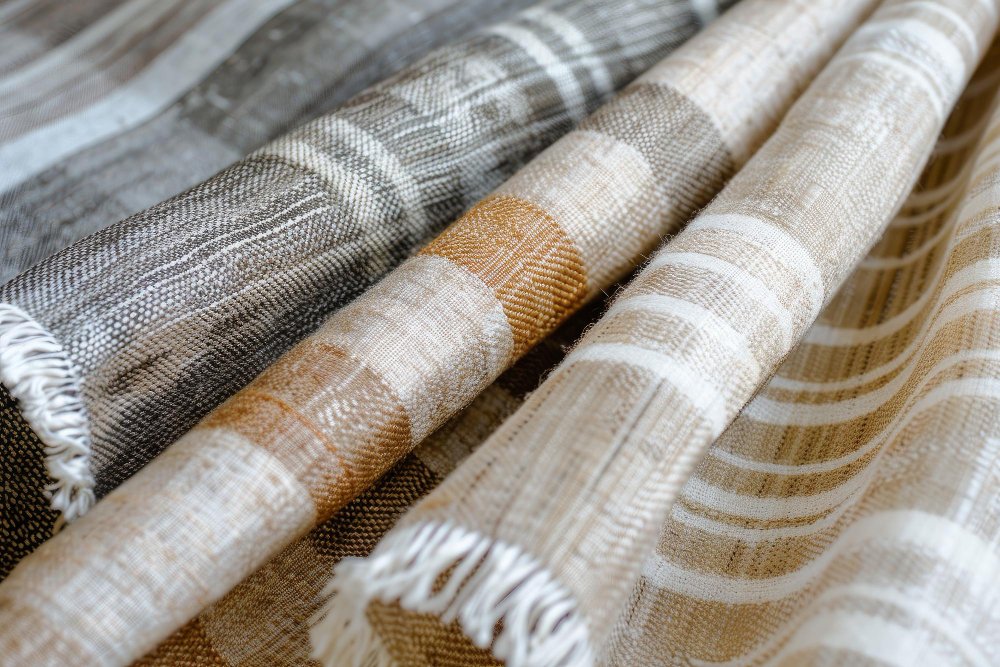
Preparation Errors
Pre-washing linen fabric is essential before cutting. The material can shrink significantly, and this shrinkage is not always uniform. Plan for shrinkage and always test wash fabric samples before committing to final measurements.
Pressing techniques matter significantly with linen fabric. Too much heat can scorch the fibers, while too little heat won’t set creases properly. Use appropriate temperature settings and test on scraps first. Steam pressing often works better than dry pressing for linen.
Pattern matching becomes challenging with linen fabric due to its natural texture variations. Allow extra fabric for matching and be prepared for slight imperfections. These natural variations are part of linen’s charm when properly handled.
Construction Issues
Seam puckering occurs easily with linen fabric if tension settings are incorrect. Test stitch settings on scraps and adjust as needed. Use appropriate needles and thread weights for best results. The fabric’s natural texture can hide minor imperfections, but major puckering will show.
Grain line consideration is crucial with linen fabric. The material behaves differently on the bias versus straight grain. Mark grain lines clearly and follow them consistently throughout construction. Mixing grain directions without purpose creates uneven draping.
Interfacing choices significantly affect linen fabric’s natural drape. Heavy interfacing can eliminate the characteristics that make linen desirable. Choose fusible products carefully and test compatibility before applying to your final piece.
Care and Maintenance
Improper storage can damage linen fabric through creasing or mildew. Store pieces properly hung or carefully folded to prevent permanent creasing. Ensure adequate air circulation to prevent moisture problems.
Cleaning methods vary based on linen fabric weight and construction. Some pieces require professional cleaning while others handle home washing well. When you buy fabric online, check care recommendations from the supplier before beginning your project.
Pressing finished pieces requires different techniques than pressing during construction. The completed piece may react differently to heat and moisture than flat fabric. Test pressing techniques on hidden areas first.
Where to Source Quality Linen Fabric
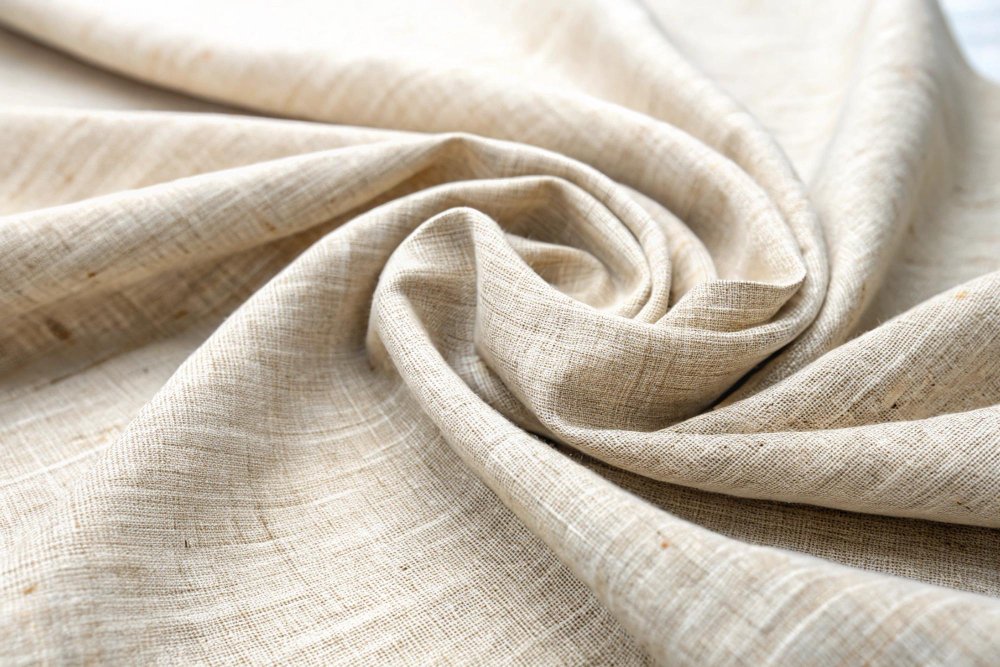
When you buy fabric online, quality varies significantly between suppliers. Fabriclore stands out as a reliable source for premium linen fabric with consistent quality and excellent customer service. Their selection includes various weights and colors suitable for different project needs.
Other online retailers like Mood Fabrics and Denver Fabrics also carry linen options, though selection and quality can be inconsistent. Compare prices and read reviews before making purchases. Sample orders help evaluate quality before committing to larger quantities.
Local fabric stores provide the advantage of handling materials before purchase. However, selection may be limited compared to online options. When you buy fabric online, you access a broader range of colors and weights but sacrifice the ability to examine texture firsthand.
Making the Most of Your Linen Projects
Linen fabric rewards careful planning and proper technique with stunning results that improve with age. The material’s natural properties create unique opportunities for both clothing and home decor applications. Understanding how to work with linen’s characteristics rather than fighting them leads to professional-quality outcomes.
Start with simple projects to develop your linen-working skills before attempting complex designs. The fabric’s forgiving nature allows for learning while still producing attractive results. Build your confidence with straightforward pieces before moving to advanced techniques.
Investment in quality linen fabric pays dividends in finished piece appearance and longevity. When you buy fabric online from reputable suppliers, you ensure consistent results and customer support when needed. Quality materials make every step of the construction process easier and more enjoyable.
Remember that linen fabric’s natural variations and relaxed drape are features, not flaws. Embrace these characteristics in your designs rather than trying to eliminate them. The most successful linen pieces work with the fabric’s nature to create effortlessly sophisticated results.

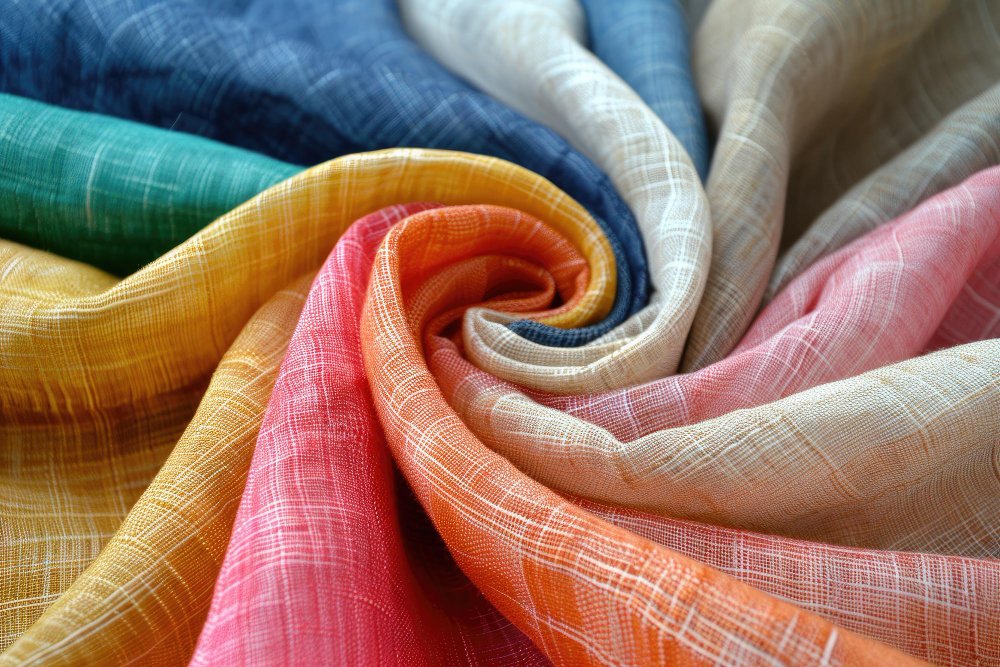
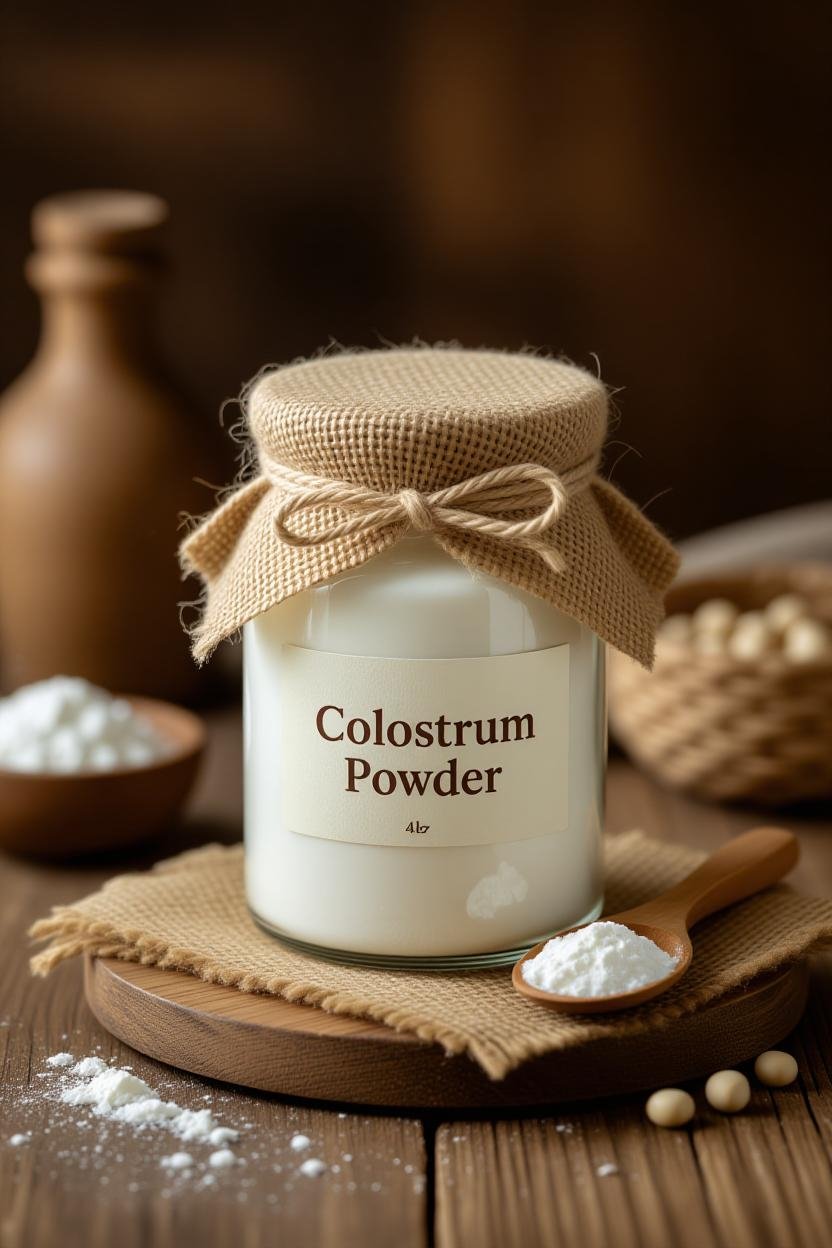
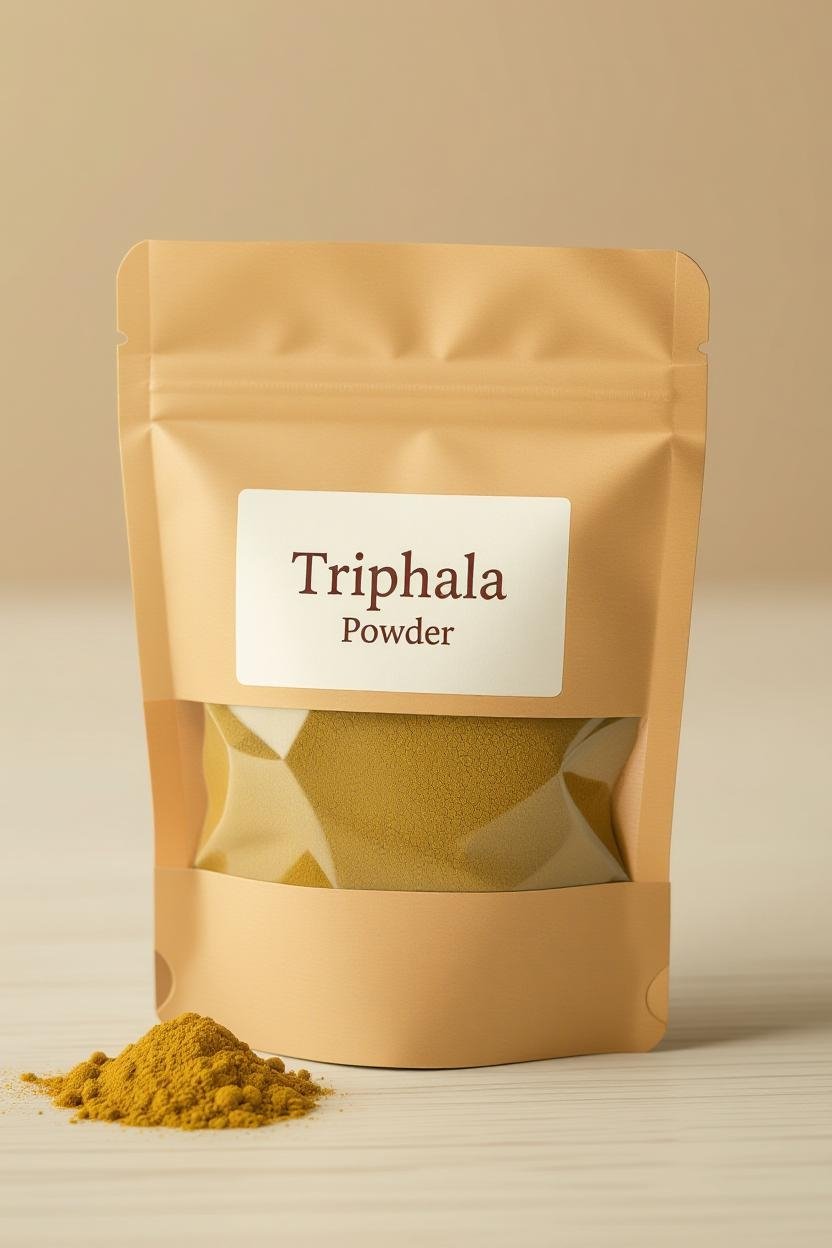
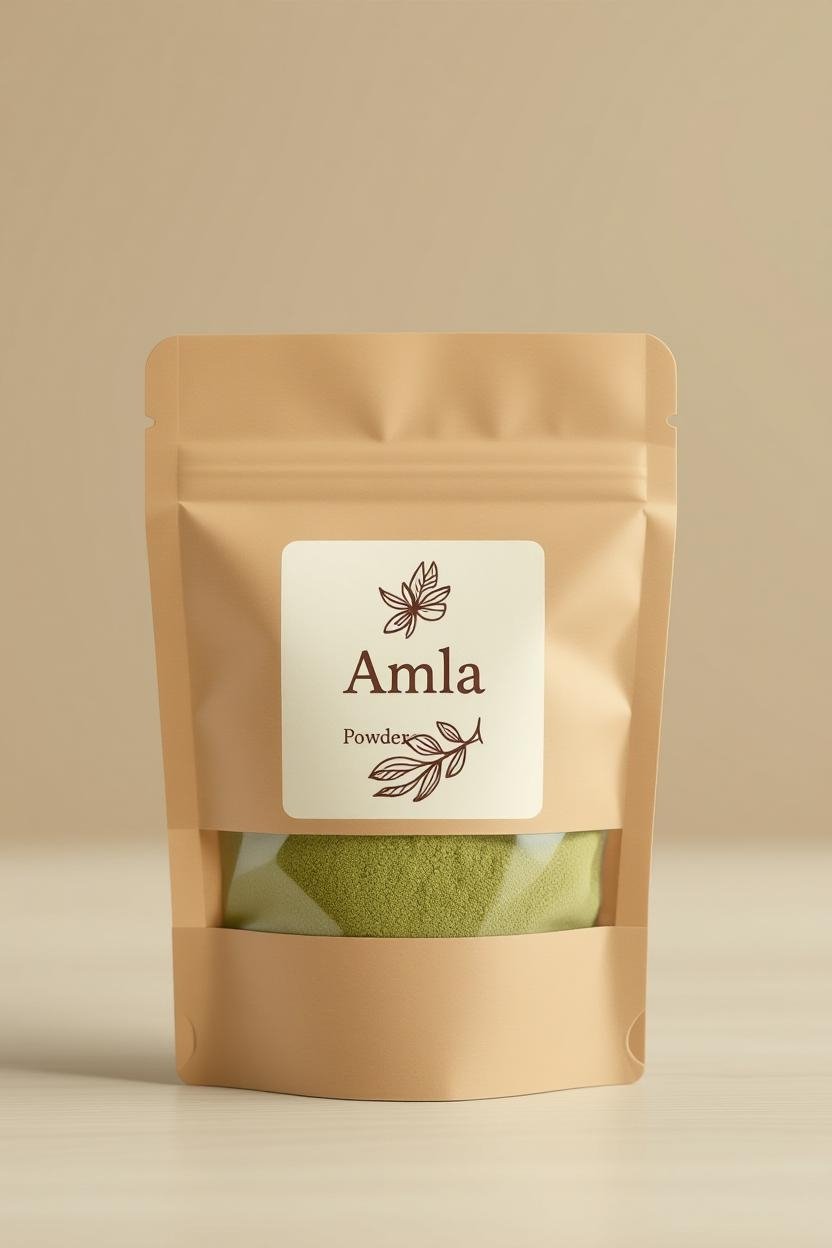

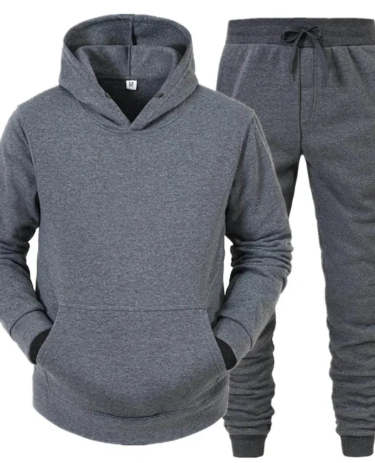
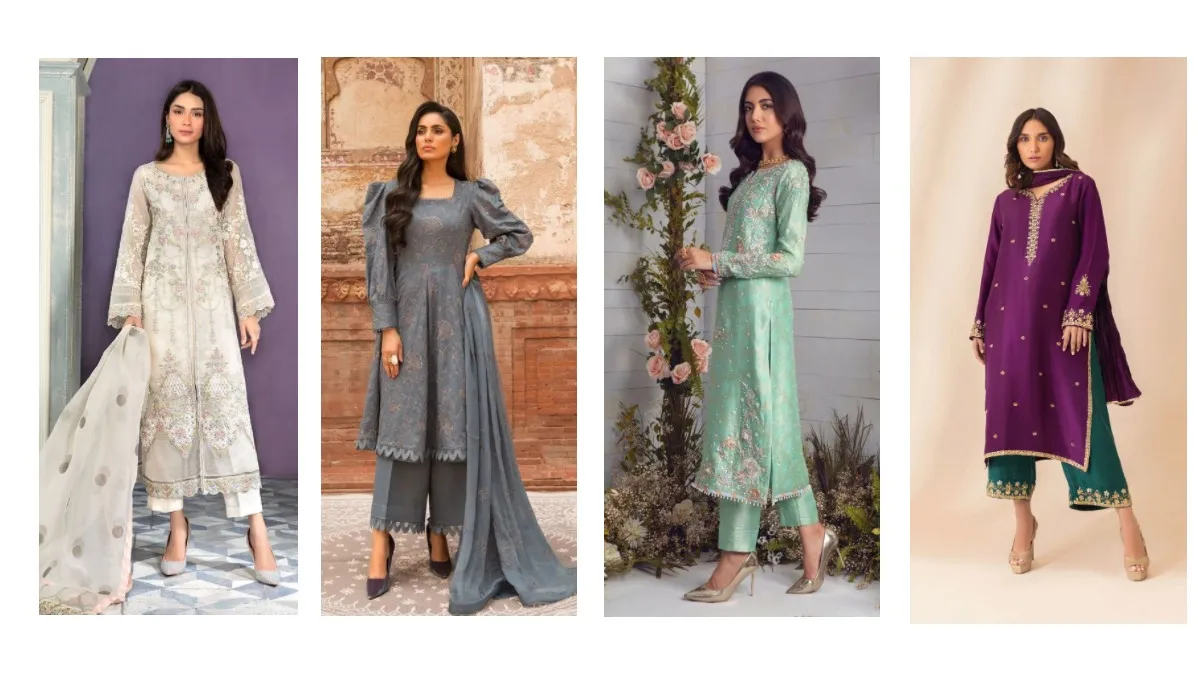
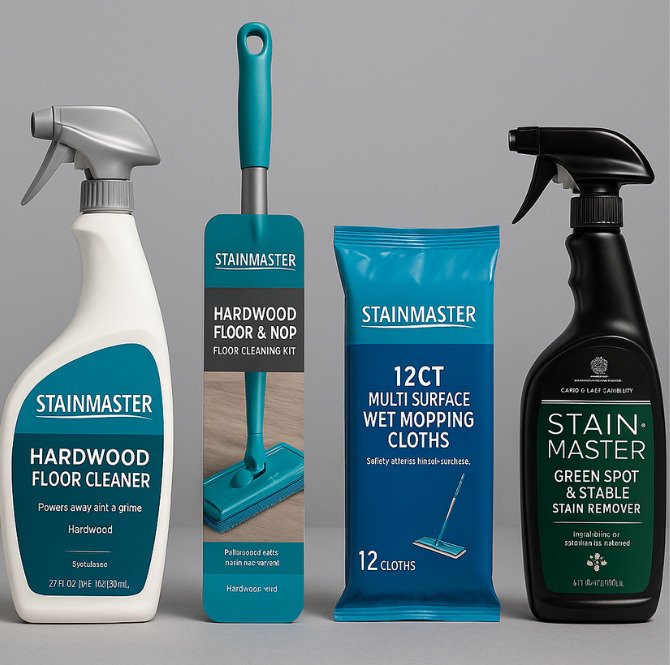


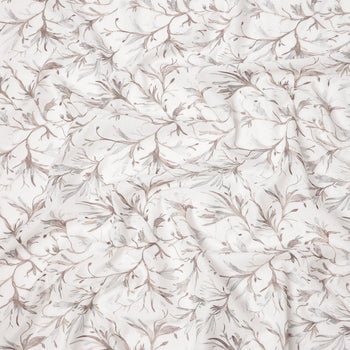




Leave a Reply